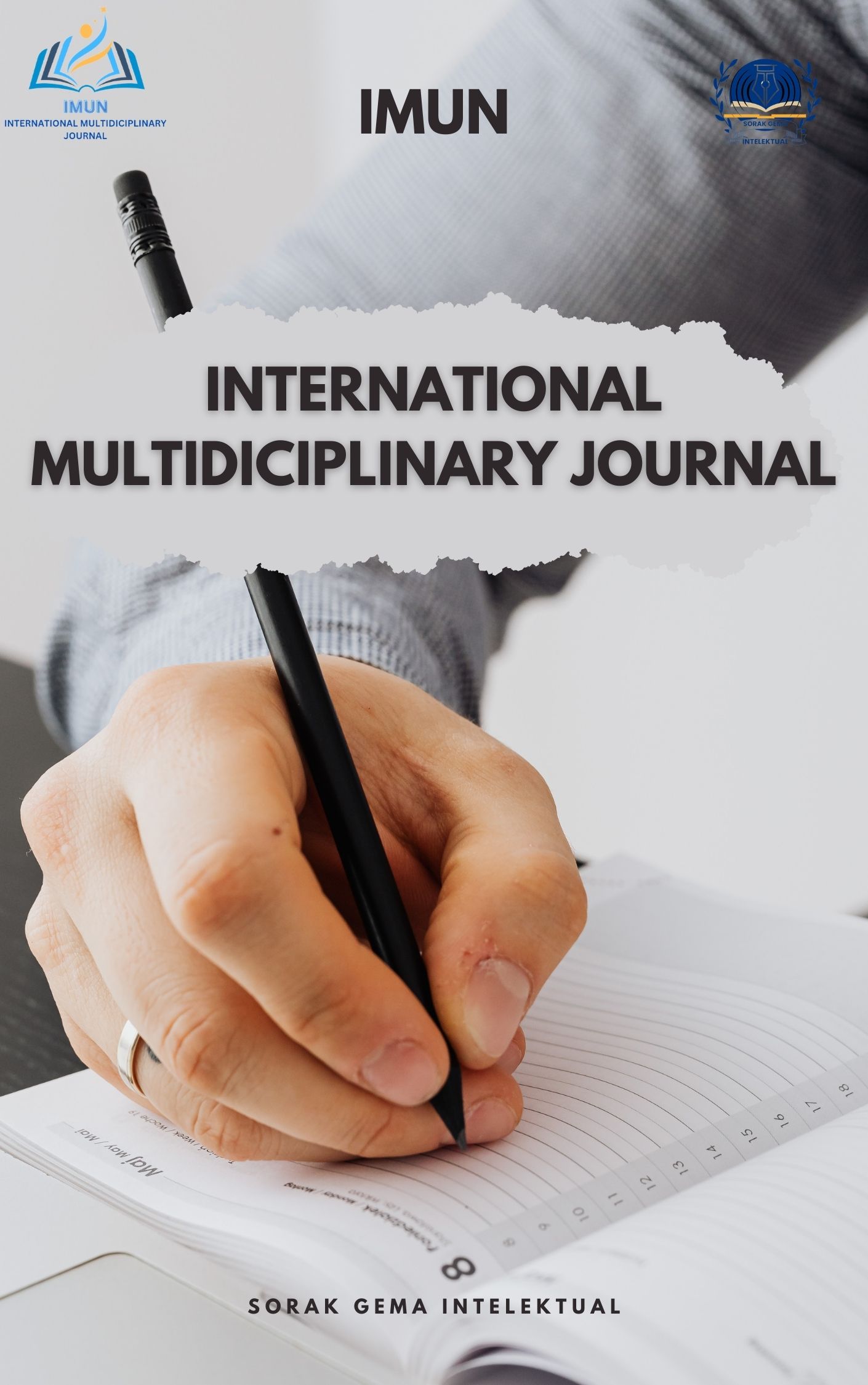Application of the K-Means Clustering Algorithm Analysis on Human Infectious Diseases (Case Study: Pusuk II Simaninggir Village)
Keywords:
Infectious Diseases, K-Means Clustering, RapidMiner,, Data MiningAbstract
Infectious diseases pose a serious threat to human health. This research applies data mining techniques to transform large volumes of data into useful information. To address this complex issue, data analysis is essential for understanding the distribution patterns and characteristics of diseases. One method employed is the K-Means clustering algorithm, which effectively groups data based on similar characteristics. This research explores the application of the K-Means clustering algorithm to human infectious disease data in order to identify distribution patterns and relationships between cases. The goal is to analyze the data of six types of infectious diseases in humans, ranked from highest to lowest prevalence. The diseases examined include Tuberculosis (TB), Dengue Hemorrhagic Fever (DHF), Diarrhea, Influenza, Chickenpox, and Measles. The data used in this study was obtained from the recapitulation of human infectious disease records in the population of Pusuk II Simaninggir village from 2018 to 2022. The conclusion of this study is that the K-Means method, along with testing through the RapidMiner application, simplifies data processing, provides accurate final results, and is highly effective for big data analysis.
References
Bastian, A., Sujadi, H., & Febrianto, G. (2018). Application of the K-Means Clustering Algorithm in Human Infectious Diseases (Case Study of Majalengka Regency). Journal of Information System, 14(1), 26–32.
Dhuhita. (2015). Application of the K-Means Clustering Algorithm in Infectious Diseases: Case Study of Majalengka Regency.
Ediyanto, Mara, N., & Satyahadewi, N. (2013). Classification of Characteristics Using the K-Means Cluster Analysis Method. Scientific Bulletin of Mathematics, Statistics, and Its Application (Bimaster), 02(2), 133–136.
Murti. (2017). Application of the K-Means Clustering Method to Group Fruit Production Potential in the Special Region of Yogyakarta Province.
Purba, N., Poningsih, P., & Tambunan, H. S. (2021). Application of the K-Means Clustering Algorithm in the Spread of Acute Respiratory Infections (ARI) in Riau Province. Journal of Information System Research (JOSH), 2(3), 220–226.
Sugianto, C. A., Rahayu, A. H., & Gusman, A. (2020). K-Means Algorithm for Clustering Patient Diseases at Cigugur Tengah Health Center. Journal of Information Technology, 2(2), 39–44. https://doi.org/10.47292/joint.v2i2.30
Tampubolon, S. S. (2011). Application of the K-Means Clustering Method to Group Fruit Production Potential in the Special Region of Yogyakarta Province.
Hendra, T., & Putra, A. S. (2019). A Comparative Study of Clustering Algorithms for Medical Data Analysis: A Case of Infectious Diseases. Journal of Computational Science and Technology, 5(4), 135-143.
Jaya, S., & Widodo, A. (2016). Utilization of K-Means Clustering for Early Detection of Infectious Disease Patterns in Urban Areas. Journal of Medical Informatics, 10(1), 48-55.
Rangga, L., & Fitri, L. (2018). Application of Data Mining Techniques in Health Sector: The Use of K-Means Clustering for Disease Classification. Health Informatics Journal, 3(2), 87-92.
Downloads
Published
Issue
Section
License
Copyright (c) 2024 Jessicha Gratia Sitohang, Sorang Pakpahan S.Kom., M.Kom (Author)

This work is licensed under a Creative Commons Attribution 4.0 International License.
You are free to:
Share — copy and redistribute the material in any medium or format for any purpose, even commercially.
Adapt — remix, transform, and build upon the material for any purpose, even commercially.
The licensor cannot revoke these freedoms as long as you follow the license terms.
Under the following terms:
Attribution — You must give appropriate credit , provide a link to the license, and indicate if changes were made . You may do so in any reasonable manner, but not in any way that suggests the licensor endorses you or your use.
No additional restrictions — You may not apply legal terms or technological measures that legally restrict others from doing anything the license permits.
Notices:
You do not have to comply with the license for elements of the material in the public domain or where your use is permitted by an applicable exception or limitation .
No warranties are given. The license may not give you all of the permissions necessary for your intended use. For example, other rights such as publicity, privacy, or moral rights may limit how you use the material.



